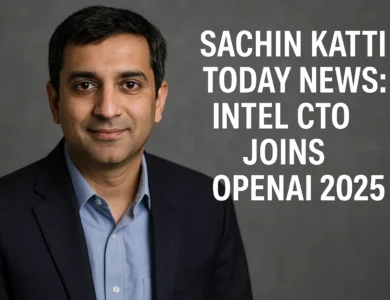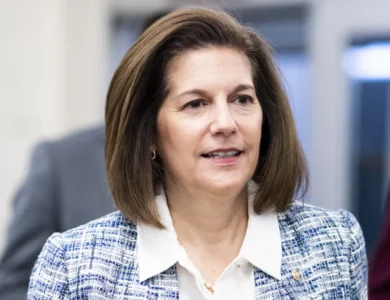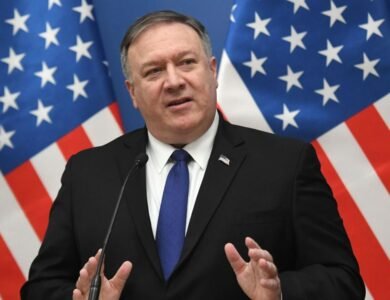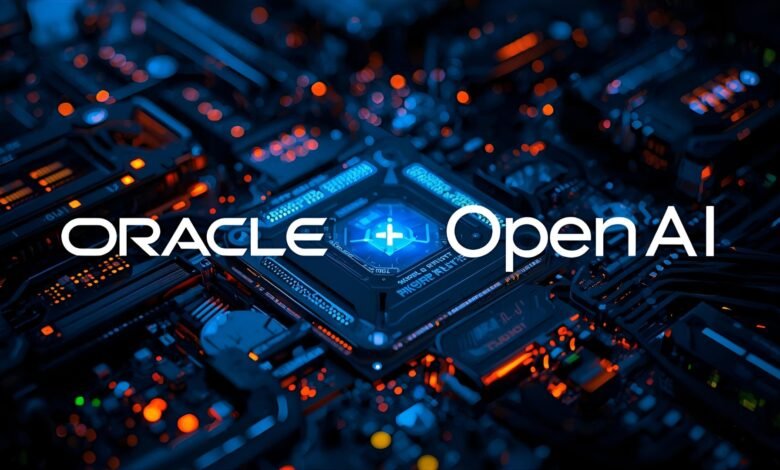
The Oracle-OpenAI deal has instantly become the reference point for hyperscale AI infrastructure. Reported at $300 billion over ~five years starting in 2027 and tied to 4.5 gigawatts (GW) of additional U.S. data‑center capacity under OpenAI’s Stargate program, this is not a typical enterprise contract—it’s a once‑in‑a‑generation infrastructure play that could reshape cloud competition, power markets, and AI economics. The scope and timing were first detailed by The Wall Street Journal and reiterated via Reuters, which framed it as one of the largest cloud deals in history.
If you’ve been tracking AI, you’ve already seen the ripple effects: Oracle’s stock surged ~43% following the news, thrusting the company toward the trillion‑dollar club and elevating founder Larry Ellison’s net worth—instant proof of how consequential the Oracle-OpenAI deal is for markets as well as technology.
Deal at a glance: key numbers behind the Oracle-OpenAI deal
| Item | Detail | Source |
|---|---|---|
| Contract value | $300B in cloud compute | WSJ via Reuters. |
| Term & start | ~5 years, begins 2027 | WSJ; Fierce Network. |
| Capacity | 4.5 GW additional U.S. data‑center power for Stargate | OpenAI; coverage summaries. |
| Scale equivalence | Power for “~4 million homes” (est.) | WSJ/Tom’s Hardware. |
| Strategic program | Stargate (OpenAI’s AI infrastructure vision) | OpenAI (official). |
| 2024 precursor | OpenAI selected OCI to extend Azure AI capacity | Oracle press release. |
Why it’s huge: The Oracle-OpenAI deal blends colossal capex with multi‑cloud strategy—OpenAI keeps Azure ties while tapping Oracle Cloud Infrastructure (OCI) for unprecedented GPU scale.
The road here: how the Oracle-OpenAI deal evolved
From Azure‑first to multi‑cloud: a deliberate pivot
In June 2024, OpenAI publicly chose Oracle Cloud Infrastructure to extend Microsoft’s Azure AI platform, adding capacity for its runaway workloads (think ChatGPT, GPT‑series APIs, and new agentic systems). The move signaled that multi‑cloud would be central to OpenAI’s scale‑out plan.
By July 2025, OpenAI formalized Stargate with Oracle: a plan to add 4.5 GW of new U.S. compute capacity—part of a broader, multi‑gigawatt roadmap that OpenAI says will “power jobs, growth, and AI that benefits more people.”
Then in September 2025, WSJ and Reuters reported the $300B compute deal starting 2027—the headline step that catapulted the Oracle-OpenAI deal into history books and moved markets overnight.
Timeline quick hits for the Oracle-OpenAI deal
-
Sep 2023: Microsoft and Oracle expand partnership (Oracle Database@Azure), laying the groundwork for deep Azure‑OCI interoperability.
-
Jun 2024: OpenAI selects OCI to extend Azure AI capacity.
-
Jul 2025: OpenAI + Oracle announce 4.5 GW U.S. expansion under Stargate.
-
Aug 2025: Oracle deploys OpenAI GPT‑5 across its database and cloud apps portfolio.
-
Sep 2025: $300B contract reported; Oracle shares spike; broader market reacts.
The tech under the hood: why Oracle for the Oracle-OpenAI deal
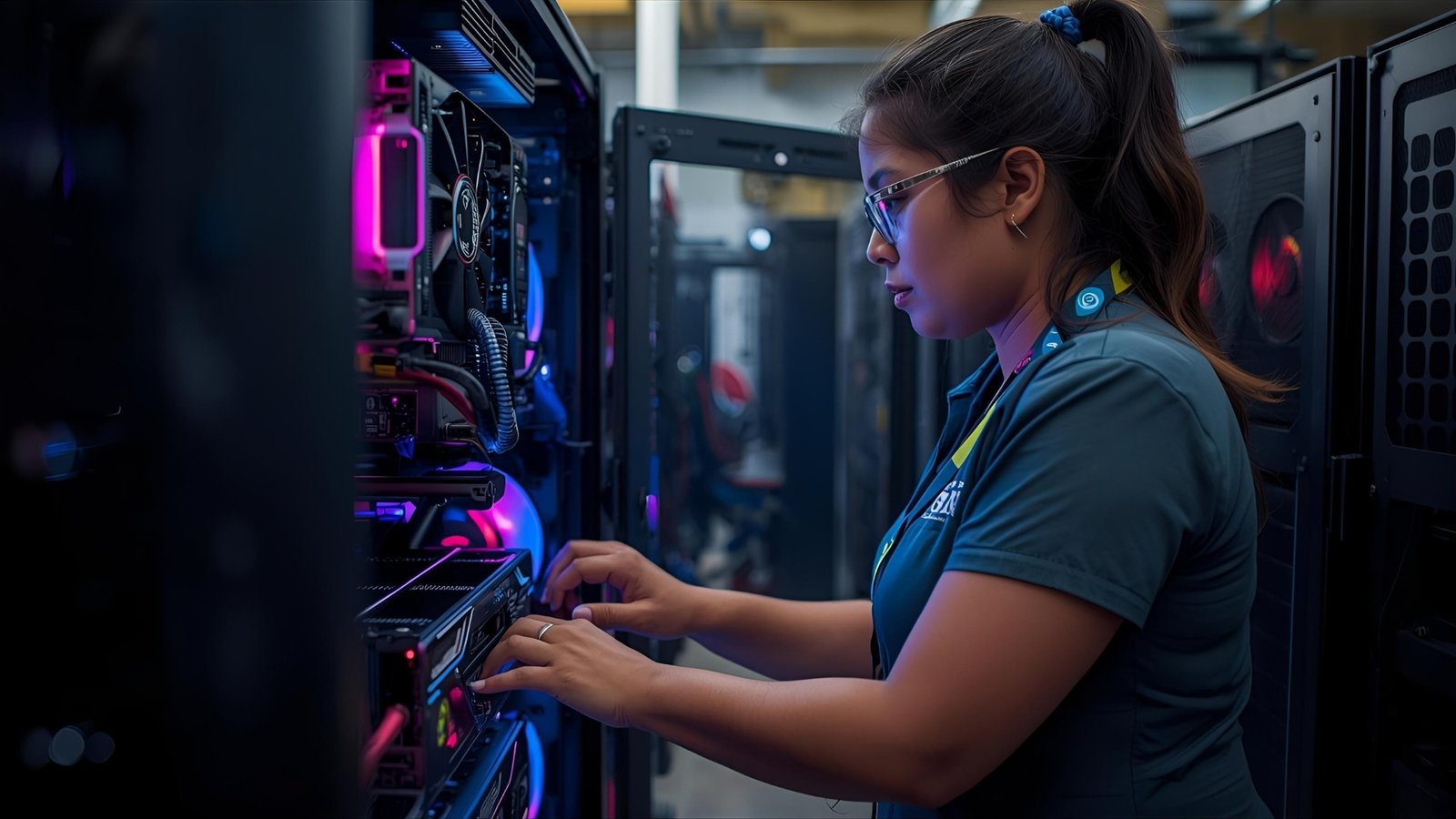
OCI’s GPU superclusters (and why they matter)
OCI’s pitch is brutally simple: scale, throughput, and price‑performance. Oracle has publicly detailed zettascale‑class superclusters with up to 131,072 NVIDIA Blackwell GPUs, ultra‑low‑latency RDMA networking measured in microseconds, and GB200 Grace Blackwell options—precisely the kind of topology you need to train and serve frontier models. For OpenAI, the Oracle-OpenAI deal buys access to that scale without having to build every megawatt alone.
Oracle has also announced general availability of massive H200 and Blackwell‑based clusters and a deepened NVIDIA collaboration—again, the kind of industrial‑strength supply chain a customer like OpenAI requires to keep pushing model size and throughput.
Azure + OCI: the connective tissue
This is not a zero‑sum divorce from Microsoft. OpenAI’s Azure footprint remains crucial, and Azure–OCI interop has quietly matured since Oracle Database@Azure arrived in 2023. In practice, the Oracle-OpenAI deal extends OpenAI’s compute pool while preserving Azure’s role across services, data gravity, and enterprise integrations.
What the Oracle-OpenAI deal changes in the AI cloud landscape
Competitive realignment
A $300B commitment instantly recasts Oracle from “challenger” to hyperscale peer in AI infrastructure. That weight, combined with 4.5 GW under Stargate, threatens to reorder procurement patterns for the next wave of LLM training, inference, and agentic systems.
Market reaction and signals
The market’s vote of confidence showed up fast: Oracle stock jumped ~43% on the news, edging its market cap toward the $1T tier and lifting Ellison’s fortune. Wall Street is effectively betting that the Oracle-OpenAI deal will translate into sustained AI infrastructure revenue through (and beyond) the 2027–2032 window.
Relationship shifts around Microsoft.
There’s also an evolving governance and partnership story. Reuters reported a non‑binding Microsoft–OpenAI agreement to allow OpenAI to restructure into a for‑profit, suggesting Microsoft’s long‑standing exclusivity may soften as OpenAI diversifies cloud partners—including Oracle (and, reportedly, even Google for specific projects). That context clarifies why the Oracle-OpenAI deal exists at all: it’s multi‑cloud hedging at frontier scale.
Risks, unknowns, and what to watch in the Oracle-OpenAI deal
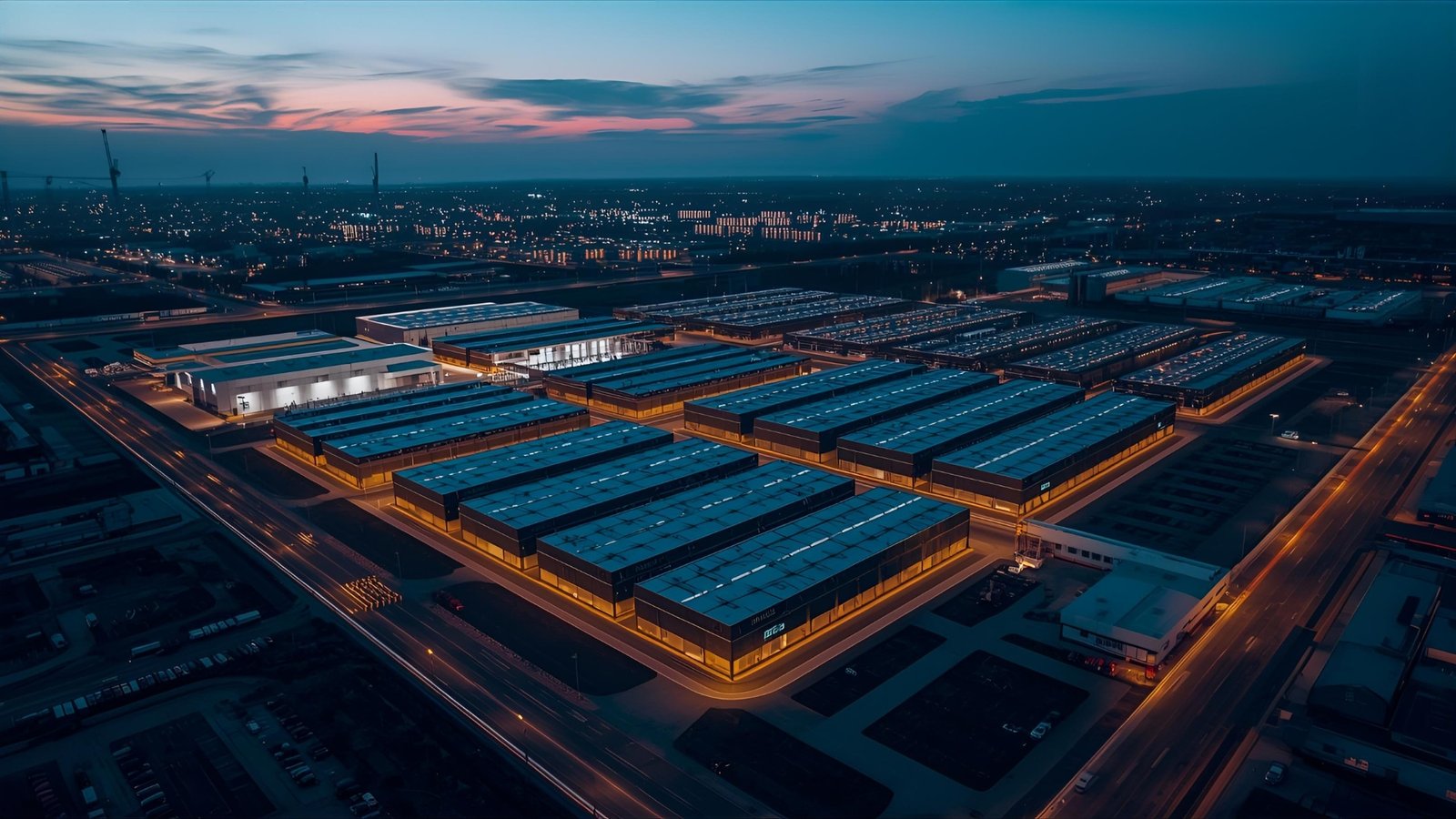
Financing and operational risk
Committing $300B when OpenAI’s current revenue is far smaller is bold by any standard. Multiple outlets emphasize the gap between spend and present‑day income, and the fact that power alone—4.5 GW of new capacity—demands complex grid, cooling, and siting solutions. Expect staged build‑outs aligned to model roadmaps and the chip pipeline.
Regulatory scrutiny
U.S. regulators have been scrutinizing Big Tech’s AI deals and investments since early 2024. The FTC’s 6(b) inquiry into AI partnerships (including those involving Microsoft and OpenAI) isn’t about this single contract—but it’s part of the operating climate surrounding the Oracle-OpenAI deal. It could shape how hyperscalers structure capacity and exclusivity in the future.
Execution friction: chips and supply chain
OpenAI is also pursuing custom chips with Broadcom—a hedge against GPU scarcity and costs. If it’s in‑house silicon ramps on time, some workloads could shift from general‑purpose GPUs to custom accelerators mid‑contract, adding a layer of integration complexity to the Oracle-OpenAI deal.
2025 trendlines & “latest” data points shaping the Oracle-OpenAI deal
-
$300B over ~5 years starting 2027, among the most significant cloud contracts ever; 4.5 GW of new U.S. capacity tied to Stargate.
-
Oracle shares +~43% on contract news; investors treat the Oracle-OpenAI deal as a multi‑year AI revenue engine.
-
The “~4 million homes” power equivalence is widely cited, underscoring the unprecedented energy footprint of frontier AI.
-
NVIDIA Blackwell/GB200 superclusters now marketed at up to 131,072 GPUs per OCI cluster—evidence of the hardware runway behind this contract.
-
Governance shift: Microsoft–OpenAI non‑binding restructuring pact under negotiation; OpenAI increases multi‑cloud posture (Oracle, reportedly others).
How enterprises should read the Oracle-OpenAI deal
For CIOs and CTOs: immediate implications
-
Capacity assurance: The Oracle-OpenAI deal should reduce the risk of “compute shortages” throttling access to models. That’s good news if you’re betting on GPT‑5‑class reasoning, coding, and agentic workflows, Oracle says it’s rolling into its apps stack.
-
Multi‑cloud normalization: Azure remains central; OCI grows as a frontier‑scale option. If you’re building on Azure OpenAI Service or OCI Generative AI, the Oracle-OpenAI deal means more lanes to the same destination.
-
Sovereign & regulated workloads: Oracle has broadcast sovereign AI capabilities and close NVIDIA alignment; expect more regulated‑sector templates and data residency options as capacity comes online.
A pragmatic adoption checklist (user‑friendly)
-
Map model dependencies: Identify which workloads rely on OpenAI models and where latency, privacy, or sovereignty push you toward OCI vs. Azure.
-
Pre‑book GPU‑adjacent services: Storage throughput, high‑speed networking, and vector DBs become bottlenecks at scale.
-
Design for portability: Use orchestration frameworks and abstractions that tolerate model or cloud swaps—multi‑cloud is the point of the Oracle-OpenAI deal.
-
Budget for inference: Training headlines grab attention, but 2026–2028 cost curves for serving GPT‑5‑class models will decide ROI.
-
Watch chip roadmaps: If OpenAI’s Broadcom chips arrive, your accelerator mix, kernels, and toolchains could evolve mid‑contract.
The “features” that will define value in the Oracle-OpenAI deal
Scale & performance features
-
Zettascale‑class clusters: Up to 131,072 Blackwell GPUs per OCI supercluster with multi‑microsecond RDMA—essential for giant MoE and agentic systems.
-
Azure extension: The 2024 move to extend Azure AI on OCI was an early indication that OpenAI would adopt a multi-cloud approach before 2026.
Programmatic & enterprise features
-
GPT‑5 in Oracle apps: Signals that Oracle plans to land OpenAI’s frontier models “close to the data” (Database 23ai, Fusion, NetSuite) for end‑to‑end enterprise workflows.
-
Sovereign AI & compliance: Oracle and NVIDIA’s joint work around sovereign AI should matter for the public sector and regulated industries.
Comparison table: stakeholders in the Oracle-OpenAI deal
| Stakeholder | What they gain | Watch‑outs |
|---|---|---|
| OpenAI | Assured capacity for GPT‑5+ training/inference; multi‑cloud leverage; potential for better pricing at scale. | Financing vs. revenue; power & siting milestones; integrating custom Broadcom chips. |
| Oracle | Hyperscale validation; multi‑year AI infra revenue; investor confidence (stock surge). | Massive capex, supply chain & grid dependencies. |
| Microsoft | Azure remains strategic; less exclusive dependence on OpenAI; potential governance clarity if restructuring proceeds. | Margin pressure if compute shifts; competitive dynamics with OCI. |
| Enterprises | More compute lanes, potentially better availability; OCI/Azure choices for regulated workloads. | Managing portability and cost drift across vendors. |
| Regulators | Case study in hyperscale AI consolidation; visibility via ongoing 6(b) inquiries. | Ensuring competition and fair access while AI centralizes. |
The Oracle-OpenAI deal and the power footprint: 4.5 GW is not business as usual
OpenAI says the agreement with Oracle adds 4.5 GW to Stargate. That is an electric‑grid‑scale investment—and reports frame it as roughly “four million homes” worth of power. Translation: the Oracle-OpenAI deal must align with transmission upgrades, water‑cooling or advanced heat‑rejection systems, and regional workforce planning to be delivered on schedule.
“Latest list” — 2025 updates to keep on your radar for the Oracle-OpenAI deal
-
Deal terms: $300B, ~5 years, starting 2027; capacity 4.5 GW; part of Stargate.
-
Market impact: Oracle +~43% post‑announcement; near‑trillion‑dollar valuation territory.
-
Multi‑cloud posture: OpenAI continues to run with Azure while expanding on OCI; governance tweaks with Microsoft are under discussion.
-
Platform integration: Oracle deploys GPT‑5 across its apps and database—expect tighter “AI‑on‑data” patterns.
-
Chip strategy: OpenAI’s Broadcom partnership points to custom accelerators entering the mix.
Conclusion
The Oracle-OpenAI deal is a monumental wager that capacity—measured in gigawatts and GPU counts—is the currency that will define the next phase of AI. It codifies OpenAI’s multi‑cloud stance, elevates Oracle to top‑tier hyperscale status, and signals to enterprises that 2026–2030 will be about industrializing AI: running GPT‑5‑class reasoning close to trusted data, in regulated patterns, at vast scale. The risks—financing, power, supply chain, and regulation—are real. But if the delivery matches the ambition, the Oracle-OpenAI deal becomes the cornerstone of how generative AI is trained, governed, and consumed in the second half of the decade.
FAQs
Q: Is the Oracle-OpenAI deal exclusive?
No. OpenAI remains deeply integrated with Microsoft Azure—and the 2024 step to extend Azure AI on OCI shows that multi‑cloud is intentional. The Oracle-OpenAI deal increases capacity and leverage; it doesn’t erase Azure.
Q: When does the Oracle-OpenAI deal actually kick in?
The reported contract starts in 2027 and spans roughly five years. In parallel, the 4.5 GW Stargate build‑out begins much earlier, with site and grid work unfolding across 2025–2026.
Q: What hardware powers the Oracle-OpenAI deal?
Oracle is marketing zettascale‑class OCI superclusters with NVIDIA Blackwell/GB200 systems—up to 131,072 GPUs per cluster—with ultra‑low‑latency RDMA networking. That’s the scale frontier models demand.
Q: How does the Oracle-OpenAI deal affect enterprises using GPT today?
It should mean more reliable access to frontier models (e.g., GPT‑5), plus enterprise integrations—Oracle says GPT‑5 is landing across Database 23ai, Fusion, and NetSuite. Expect better capacity, more regions, and tighter data‑access patterns.
Q: Will regulators scrutinize the Oracle-OpenAI deal?
Indirectly, yes. The FTC has an ongoing 6(b) inquiry into AI partnerships and investments (Microsoft/OpenAI among them). That scrutiny shapes the environment in which deals like this operate, even if not targeting this single contract.
See More: Musk Excluded from Trump’s White House Tech CEO Dinner




